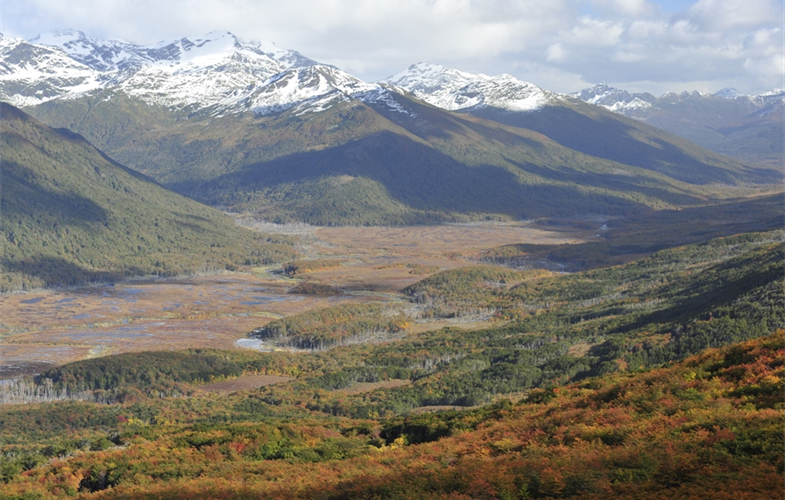A new study has revealed that peatlands—one of the world’s most vital carbon stores—are severely under-protected, posing a significant threat to global climate stability. Despite covering just 3% of the Earth’s surface, these wetlands store 600 billion tonnes of carbon, more than all the world’s forest biomass combined. However, only 17% of peatlands are currently under any form of protection, far lower than other at-risk ecosystems such as mangroves (42%), salt marshes (50%), and tropical forests (38%).
The research, titled Mismatch Between Global Importance of Peatlands and the Extent of Their Protection, was published in the journal Conservation Letters and represents the first global assessment of peatland conservation status. It highlights that nearly a quarter of the world’s peatlands are under significant pressure from human activities, with agriculture identified as the leading threat.
Dr. Kemen Austin, lead author and Director of Science at the Wildlife Conservation Society, called the findings a “benchmark” in understanding the state of global peatland conservation. “Our research reveals that these vital ecosystems don’t have anywhere near the level of protection they need,” she stated.
Peatlands play a crucial role in climate regulation, as their waterlogged soils accumulate partially decomposed organic matter, preventing the release of carbon dioxide. However, when drained, disturbed, or removed—often for agriculture, mining, or forestry—these ecosystems release vast amounts of carbon into the atmosphere. Damaged peatlands emit between 1.5 and 2.5 billion tonnes of greenhouse gases annually, significantly accelerating global warming.
The study also warns that beyond their carbon storage capacity, peatlands hold 10% of the world’s unfrozen freshwater and support diverse ecosystems, housing unique species of mosses, birds, snails, fish, and butterflies.
One key finding is that at least 27% of global peatlands fall within Indigenous Peoples’ lands, where they have traditionally been protected. The study identifies at least 1.1 million square kilometres of peatlands on Indigenous lands, with more than 85% of these areas lying outside formal conservation zones.
Dr. Paul Elsen, study co-author and Director of Conservation Planning at the Wildlife Conservation Society, emphasised the importance of recognising Indigenous stewardship. “Our study reveals a really powerful fact—that Indigenous Peoples are already important caretakers of peatlands,” he said. “Strengthening Indigenous land rights could be a game-changer for global peatland conservation.”
The study estimates that 15% of global peatlands have been drained for agriculture, with another 5–10% degraded through deforestation, burning, or other forms of disturbance. The situation is particularly severe in tropical regions, where over 40% of peatlands have already been degraded. Even within protected areas, nearly half of temperate and tropical peatlands remain under moderate to high human pressure.
To limit global warming to 1.5°C, the authors stress that “the conservation and sustainable management of nearly all remaining undegraded peatlands, and the recovery of nearly all degraded peatlands, is essential.”
Despite growing recognition of their importance, most countries lack comprehensive peatland conservation strategies. While nations such as Indonesia and the UK have taken steps to integrate peatland protection into their climate policies, many others have failed to translate commitments into concrete action.
Dr. Austin highlighted the urgent need for stronger international policies: “The UN’s multilateral climate negotiations present a critical opportunity to prioritise peatland conservation as a key climate action. But right now, this issue is receiving far too little attention.”
Peatlands have historically been overlooked due to their remote locations and perception as unproductive wastelands. However, researchers warn that failure to act could have devastating consequences for the climate.
“If we act now to conserve peatlands, we can secure enormous climate benefits—at a relatively low cost,” Austin concluded.





















